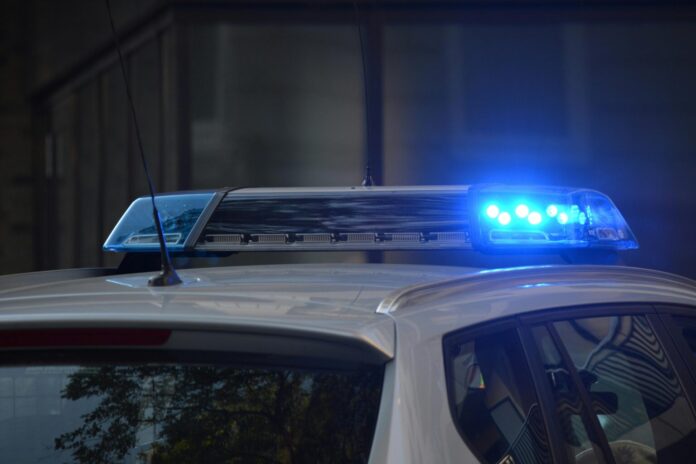Traces of patriotism cherished – all over the country

Unites the same style
The short life of K. Rameika could be a typical story of the story of the people of interwar Lithuania. For the current generation, this man could be known as the author of often visible and visited monuments.
Many have walked around the Skomantai mound and carefully inspected the monument dedicated to the 10th anniversary of Lithuania’s independence and the 5th anniversary of the joining of Klaipeda to Lithuania.
In the very center of Veiviržėnai, it is impossible not to see the freedom of the monument built in 1936.
People in Viekšniai (Mažeikiai district) are proud of the monument to the Grand Duke of Lithuania Vytautas the Great.
In Central Lithuania, residents of Kaunas County, visiting Kėdainiai district in the village of Šventybrastis, inspect the greatest interest in 1863-1864. The monument of the 20th anniversary of the Lithuanian Independence was dedicated to the participants of the uprising.
More careful people notice the same style of the creator in the churchyard of Josvainiai Church in the memory of the monument dedicated to the Year of Christ, the monument of the Užpaliai Holy Florian, Kėdainiai Cemetery for those who died in 1919-1923. for the freedom of Lithuania.
Egidijus Kazlauskis, a military history expert, is a man who likes to find out every fact of the past. He said he had long noticed the similarity of Skomantai mound and Veiviržėnai monuments and was not surprised when they learned – they are both the same author.
I was interested in personality
« Who else is that Kostas Rameika? What else has he created? I did not abandon the feeling that I had seen more monuments of the same style. I started to become interested and found more than officially announced.
Save: Throughout the Soviet era, a monument erected in K. Rameika Veiviržėnai remained. Photo by Veiviržėnai eldership
It turns out that K. Rameika, the son of the peasants from Lithuania and Klaipėda region, studied in Kaunas, and was located in Josvainiai in the last years of his life.
The creator of his 45th birthday was able to prepare about 140 monument projects. It seems that he was only able to implement a small part of them.
E. Kazlauskis learned a lot of knowledge about the life and family of the sculptor from Petras Čeliauskas, who died last year.
The talents inherited from the parents
K. Rameika came from a large family of 10 children who lived near Veiviržėnai, Eidukai village. His father was a renowned joiner and musician in the vicinity.
Relatives’ memories show that all family members were artistic souls. Family women were goldsmith weavers and sewers. The family had a chapel and played at rural festivals and weddings.
K. Rameika’s brother Stasys, who was a couple of years younger and has lived a long age, has said that Kostas was the most gifted in the family.
He was able to play four instruments and speaks Esperanto. Apparently, the child’s talent was very obvious because he was noticed by the pastor of Švėkšna Parish and advised his parents to allow him to learn the arts.
The family had no money, so the pastor supported the guy. He was later helped by the pastor of Pakruojis Parish.
Remained: Gargždai Cemetery can be seen today in 1929 priest M. Stasiulionis’ monument. Photo by E. Kazlauskis
There was a lack of money for science
This is how the guy from the depths of Samogitia went to Kaunas. Here he entered the first course of the Art School led by Justinas Vienožinskis. Therefore, he, like other fellow students, had to not only learn the arts, but also to build a school building.
In the evenings, Kostas science at the Dawn Gymnasium.
There is no reliable knowledge of why Rameika dropped out after three courses. Some sources say that the guy who has been a guy who has died and he simply no longer had the money for science. I would have received the diploma a year later.
Jovita Žebrauskiatitė, who wrote an article, found that K. Rameika was considered a very gifted student about K. Rameika nearly three decades ago. It even wanted to send her studies to Milan, but it would have required even more funds.
Received many orders
There are hints that Kostas served in the military, but much more often states that in 1927 he returned to his parents and took orders.
It is commonly stated that it was not difficult for him to earn a living, because it was a time when the construction of the monuments for Lithuania’s independence began throughout Lithuania. The guy worked on traveling from one parish to another.
Perhaps his first work, which has survived so far, is a monument on the Skomantai mound. On his back, two girls in stylized national costumes are depicted on his back, giving each other a hand and holding a wreath.
One of them is a beautifully wrapped box office, with a crown, head -to -head, neat clothes, and the other with loose hair, her clothes look easier.
In this way, the author sought to mark a much higher cultural and material level of Lithuania Minor compared to all of Lithuania. However, the girls give each other a wreath, suggesting that there were no confrontations between these parties of Lithuania.
The erection of the monument was funded by the people of the neighborhood, and the farmer Pranas Kučinskas took care of the matter, with whom K. Rameika played in a chapel together. The monument on the mound was erected in 1928.
There is a surprise in the cemetery
A few days ago, E. Kazlauskis found a monument created by K. Rameika in Gargždai Cemetery, 1929. built on the grave of priest Motiejus Stasiulionis. The inscription on the monument announces that the funds have been raised for four years.
Perpetuation: K. Rameika erected a monument in 1963-1864 in the Holiness. to the participants of the uprising. Photo by Kėdainiai Tvic
At this tombstone, his author took a photo with the officer. The truth is, the researcher has not yet been identified by the researcher. Comparing the old photo with the current view, E. Kazlauskis made sure it was the same monument.
Next to this monument is another tombstone monument. He is very similar to the priestly monument, but it does not indicate the author.
« The image of Angel with big wings and the whole structure of the monument are very reminiscent of K. Rameika’s work. The remaining sculptor, ”said E. Kazlauskis, who is looking for more knowledge of K. Rameika’s life and creation.
Found love in Josvainiai
K. Rameika received many orders, so she had to leave home for a few months.
Thus traveled from one place to another and earned recognition and popularity. Every time he was invited further from his native land.
In 1930, he created a monument depicting Vytautas the Great in Viekšniai.
In 1933 K. Rameika found herself in Josvainiai (Kėdainiai district) while traveling to the increasing order of orders. For the eucharistic year, the Josvainiai parish wanted to build a sculpture dedicated to the church, depicting Christ carrying the cross.
He received refuge in the organist’s home in this town. Aleksandra Griniūtė attended the church choir at that time. The beautiful, with a great voice, the girl fell to the eye for a sculptor from Samogitia.
Soon the couple got married, and Kostas stayed in Josvainiai.
Since then, after work, he has returned to this town, and its monuments and sculptures appeared in Deltuva, Utena, Užpaliai and other places of Aukštaitija.
There is knowledge that the young family lived more than just the mood of the future house. Rameika loved theater, Kostas wrote plays, epigram, prose, played music.
Advised to flee home
Not only did it take money for future construction but also for temporary housing rental.
When the Soviets came, all the hopes and plans of Ramikai collapsed, the banks were ruined, the money disappeared, so the family was left without nothing.
Every year was only heavier – war was unfavorable to the Creator. K. Rameika was sent to the German authorities to work in a peat bog and was later transported to Germany.
Journalist J. Žebrauskaitė wrote in 1997 that the local police chief felt a favor to the sculptor and announced his intention to arrest him the next morning, so he advised him to flee Josvainiai.
At night, K. Rameika drove to Samogitia to her parents by bicycle. It looks like he was in his hometown of the end of the war.
Beaten and robbed
In the post -war period, new challenges face. As the front slides through Josvainiai, the house in which she lived burned. The family continued to close in the forest with A. Rameikienė’s brother Pran.
The spouse’s daughter, Costania Gražina (not Constance – DJ), was already growing. Living in such a place was difficult.
In 1948 K. Rameika received an order at the Raseiniai Church to renovate the Station of Christ’s Passion. Because the sculptor also took painting orders.
He went to Raseiniai before he started work in mid -March. It was the last order of K. Rameika, which could not be made. Josvainiai people found him brutally beaten and robbed, left to frozen on the ice of the Šušvė River.
People took the man to the nearest homestead. The wife, who received a terrible message, found him there. The man died without saying a word to her. Alexandra suspected who could kill Kost, but did not talk about it. Her suspicious person did not survive for a long time.
It is officially stated that he was killed by disloyalty to the then authority.
The family remained without knowing who and why Rameik was robbed. The deposit and canvas paid by the pastor of the Raseiniai Church, on which the artist had to paint.
The creator of the Klaipėda region border belonging to Lithuania and Germany was buried in Josvainiai Cemetery, where there are his tombstones created.
After 37 years, his wife also rested next to it.
Sketch: K. Rameika had created about one and a half hundred future monuments sketches. Collection of Kėdainiai Regional Museum.
Monuments are surrounded by legends
K. Rameika’s daughters are preserved in the Kėdainiai Regional Museum, with sketches and drawings of her father’s Lithuanian independence monument projects.
It is only possible to speculate how the monuments created by K. Rameika, which exalted the independence of our country, have remained. In every area where they were not destroyed, legends fly.
E. Kazlauskis had heard that during the Soviet period in Veiviržėnai, the monument was so overgrown with shrubs that it was invisible from the street, the local people did not talk about it, and it did not stop the newcomers.
The Skomantai mound monument was to be destroyed, ordered to translate it into a tractor, but local tractors refused to do so. The local government found a brigade for workers but could not accomplish the task. To prevent the monument from laughing at its eyes, its surface was covered with plaster so that no characters could be seen.
He stood almost until 1992, when the 200th anniversary of the granting of Magdeburg’s rights to the campus was celebrated. Then the monument has been revived and delights in the original view so far.
Project « Cycle of Articles Border People » portal www.kl.lt« (2025) is partially funded by the Media Support Fund, awarded the amount 6000.

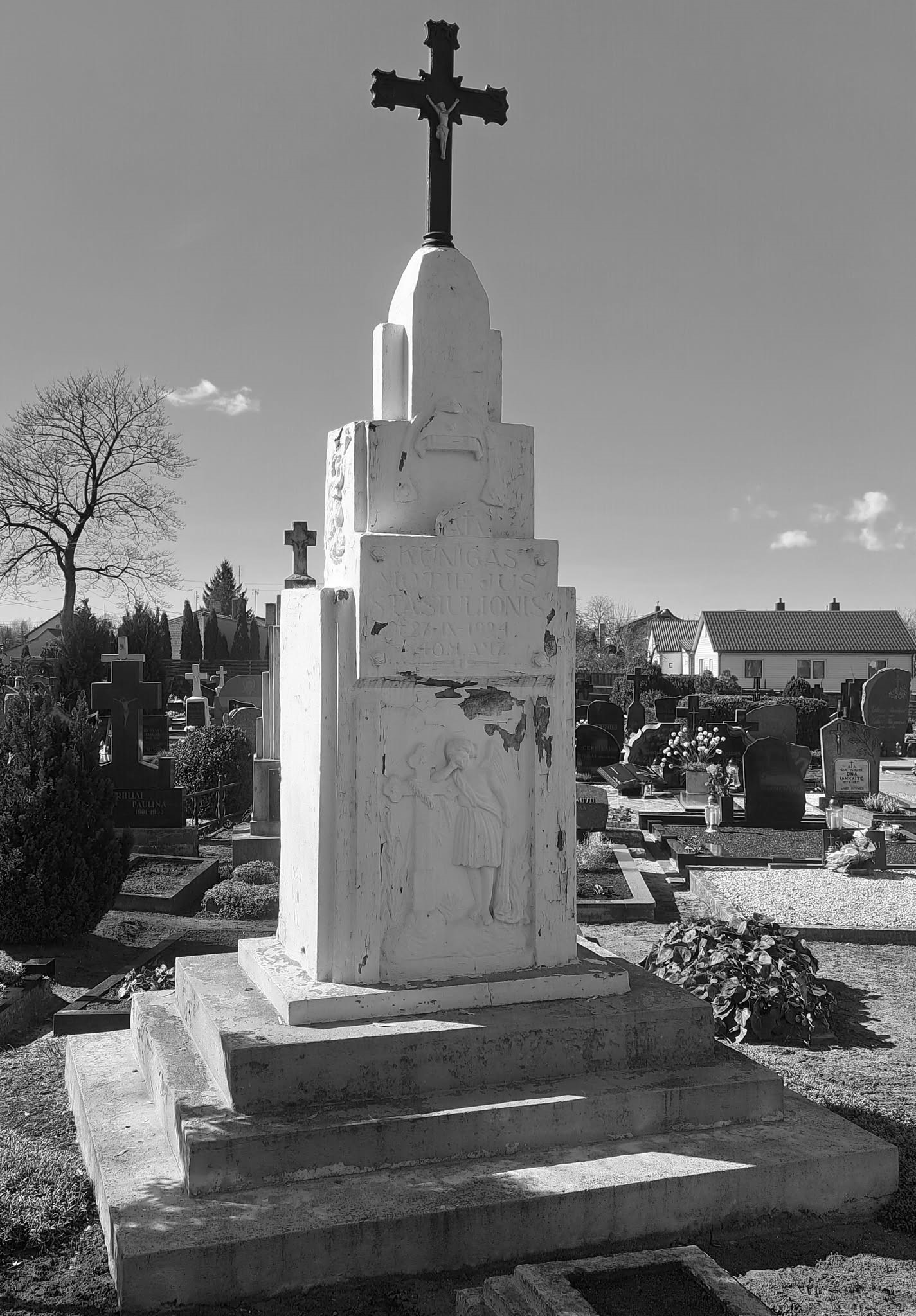
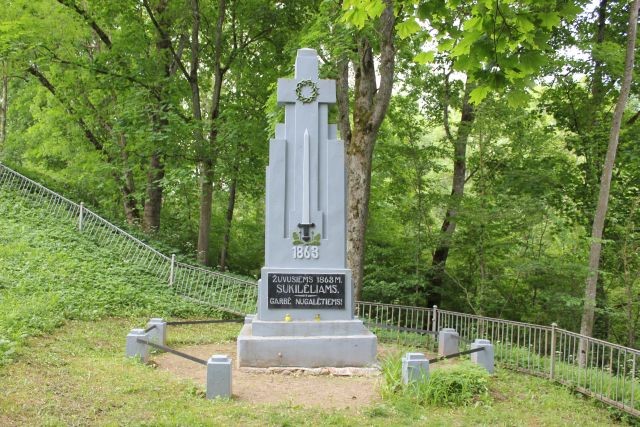
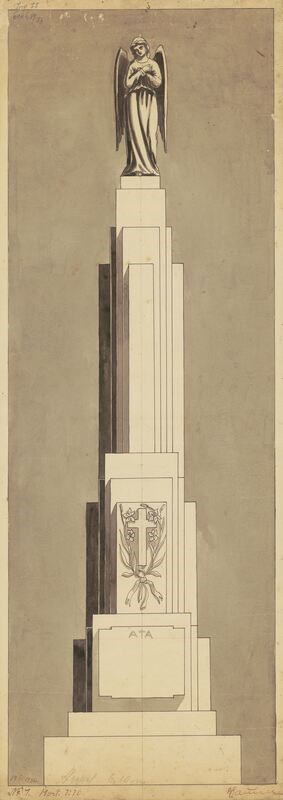



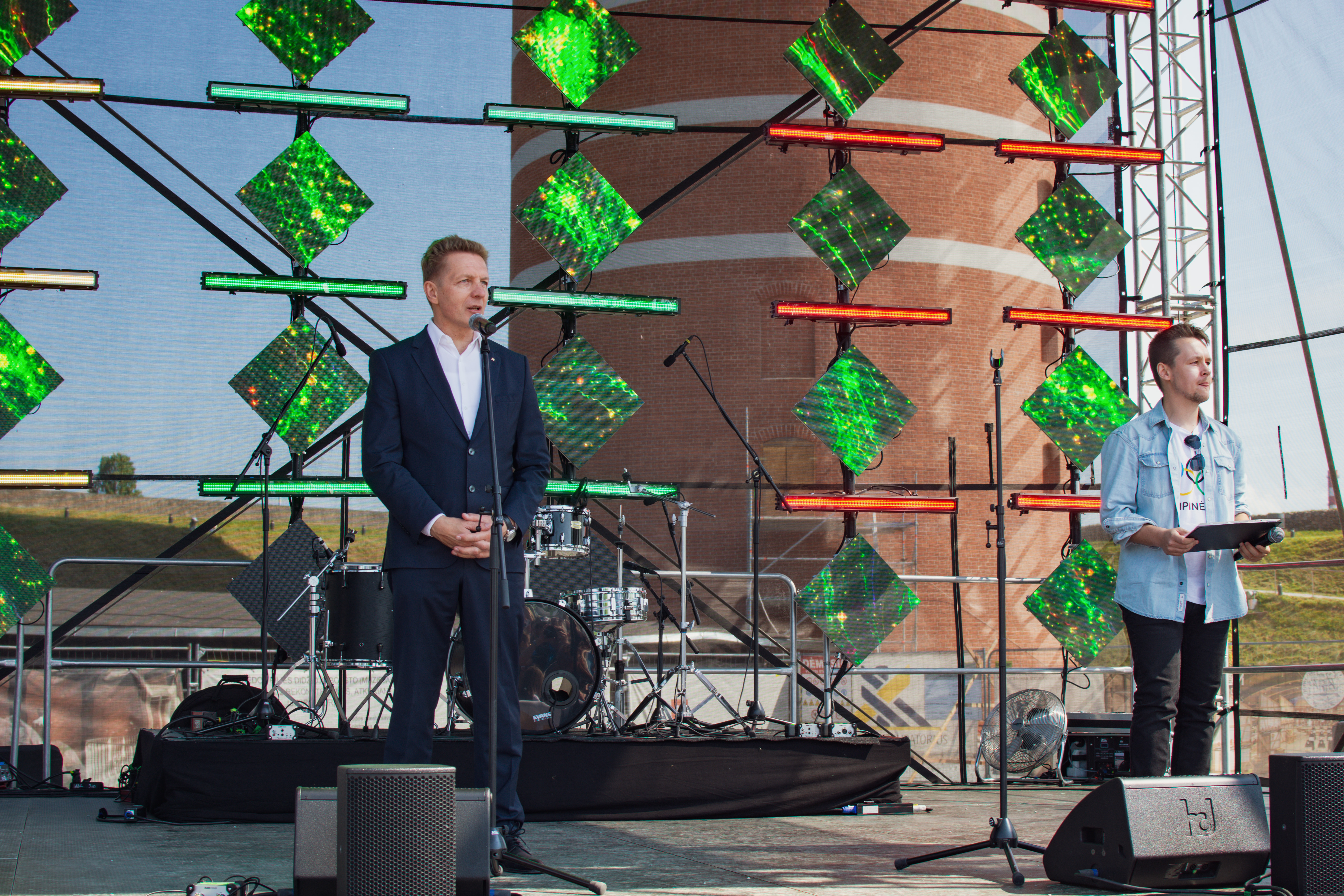

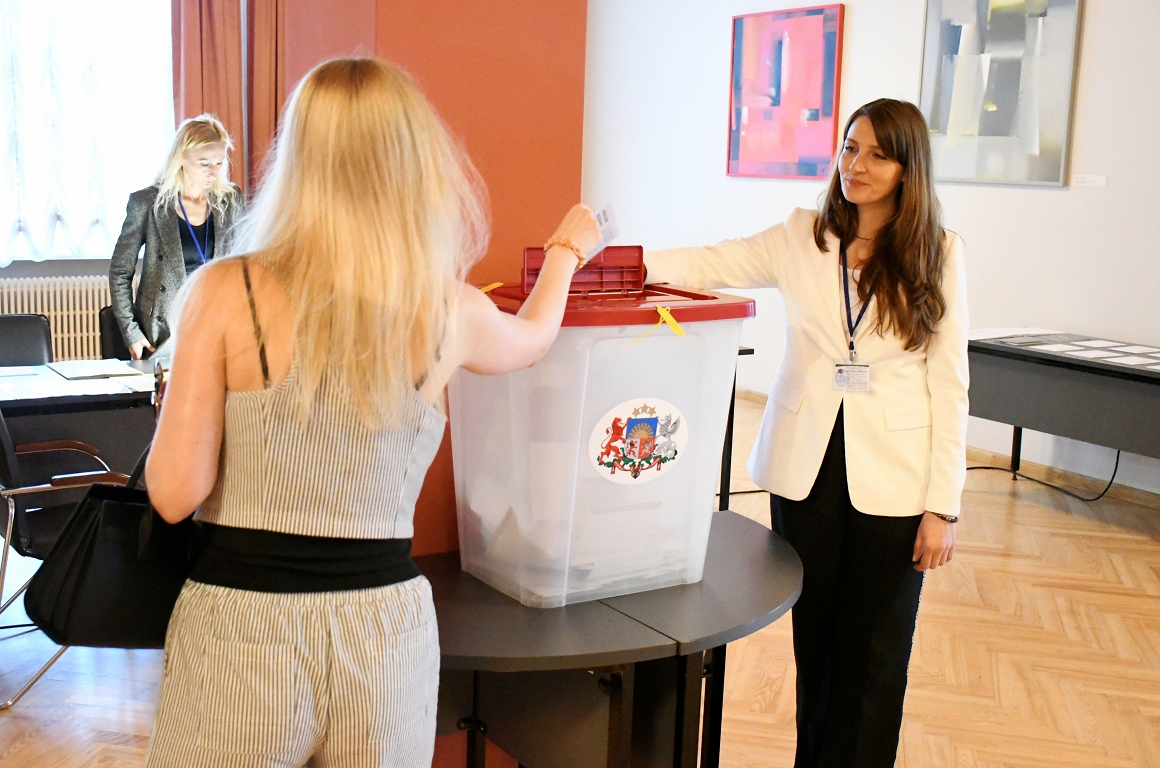
:format(webp)/s3/static.nrc.nl/images/gn4/stripped/data133280221-bb4cba.jpg)
